George Mortimer Pullman was an American engineer and businessman who lived from March 3, 1831, until October 19, 1897. He created the popular sleeping car called “Pullman” and built a whole town in Chicago to house his factory workers. This decision caused big problems for the workers because they had to pay very high rent for their homes and were paid very little money. The Pullman Company treated its black workers, known as porters, very well by giving them excellent service. However, these employees only received payment in tips, not a regular salary.
During a tough economic time in 1894, when manufacturing demand was low, he took some drastic measures to save his company. He reduced workers’ wages and made them work long hours at the factory without lowering the cost of rent and goods in his town. However, this decision didn’t win him many friends, especially among the workers. Instead, he got support from President Grover Cleveland for using federal troops to control a strike that turned violent.
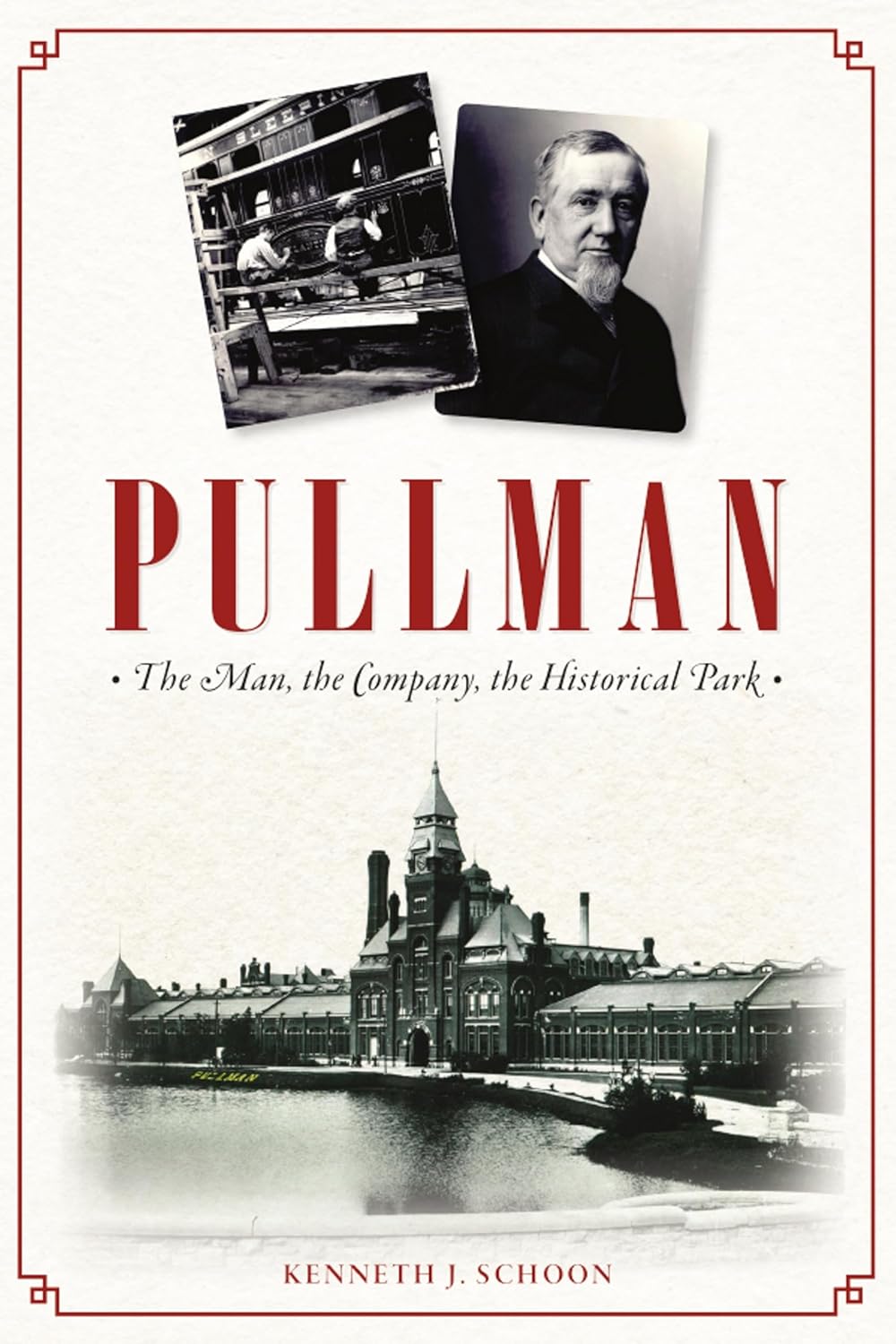
As a result, 30 strikers lost their lives in the conflict. A national committee was formed to investigate what happened during the strike, including how the company ran its town. After nine years, in 1898, a court in Illinois ordered the Pullman Company to sell its town to the city of Chicago, which became a neighborhood within the city.
George Pullman was born in 1831 to Emily Caroline (Minton) and carpenter James Lewis Pullman in Brocton, New York. When he was young, his family moved to Albion, New York, which is located along the Erie Canal. His dad wanted to help make the canal bigger, so they made the move in 1845. Back then, his dad had created a machine that used jackscrews to lift buildings out of the way and set them on new bases. He had already patented this invention in 1841. At that time, people would ride packet boats for short trips along the canal, and cargo ships would be pulled across the state by tugboats.
George Pullman went to local schools where he learned many useful skills with the help of his father. After his father’s death in 1853, George took over the family business at just 22 years old.
George Pullman started his career as an employee of a small merchant in his country. Eventually, he took over the family business that he had been working for. In 1856, George won a big contract with the state government of New York to move 20 buildings out of the way so that a new canal could be built.
In the 1850s, Chicago’s streets were plagued by a swamp-like condition due to the city’s low elevation on Lake Michigan’s shore. To solve this problem, a group of people came together to build a new sewage system that would lift the street level significantly. The project required raising the surface by more than one meter to get rid of the polluted and sometimes deadly standing water.
As the streets expanded beyond the front doors of nearby buildings, some of those buildings had to be torn down and rebuilt or lifted up to match the newly increased street level. In 1859, Pullman and his business partner Charles Moore from Albion moved to Chicago to construct one such building, the Matteson House, a big brick hotel. Pullman and Moore then built several more buildings in Chicago before joining a team that raised an entire block of tall, four- and five-story brick and stone buildings on Lake Street between Clark and La Salle Streets. This impressive feat was captured in a large lithograph by Edward Mendel. In 1861, Pullman partnered with the Ely and Smith company to raise the six-story high Tremont House. Pullman’s firm took on many big building projects in Chicago, often raising buildings up by as much as six feet without causing any harm and sometimes even when people were still using them, entering and exiting, and working inside.
George M. Pullman received a share of the Palace Car Company, which he co-founded on April 20, 1892. As part of this company, Pullman invented a special type of train car called a “palace car” that was inspired by the packet boats he grew up with in Albion. The first palace car Pullman built was completed in 1864.
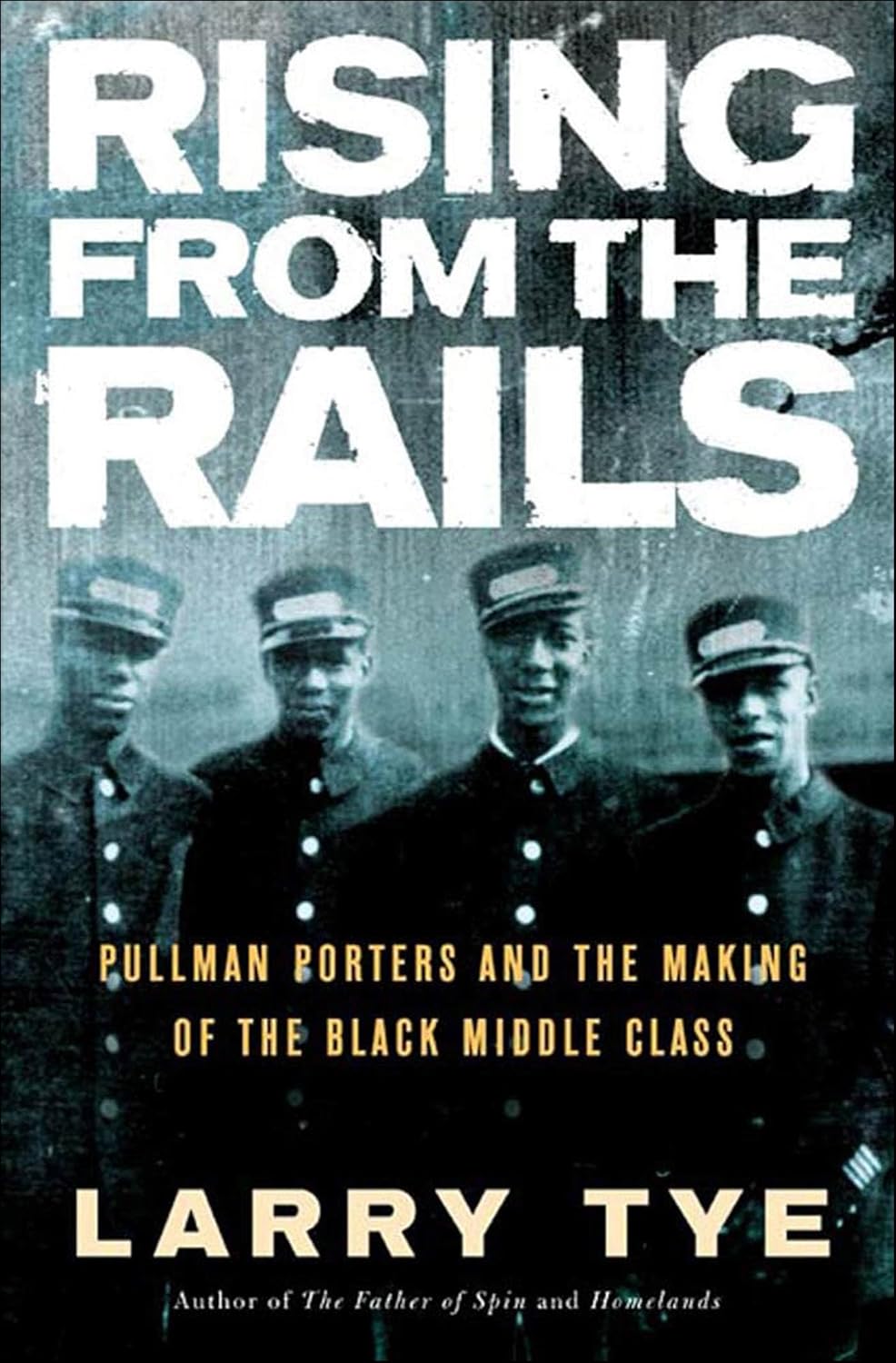
After President Abraham Lincoln’s death, George Pullman arranged to have his body transported from Washington, D.C. to Springfield on a special sleeper car that had gained attention across the country. Thousands of people lined the route as they paid their respects to the fallen leader. The Presidential train car was used for this occasion because it was specially designed and owned by Lincoln himself that year. Pullman’s company even had cars reserved for Lincoln’s family, which helped fuel a surge in demand for his new sleeper cars. These cars proved popular among travelers, although they were much more expensive than regular train cars – five times the cost, to be exact. They were marketed as “a high-end option for everyday people”.
In 1867, Pullman created his very first “moving hotel,” called the President, which came equipped with a separate kitchen and dining car. The food served on board was top-notch and comparable to the finest restaurants at that time. A year after introducing the President in 1868, he launched another revolutionary train car called the Delmonico. This luxurious sleeping car focused solely on serving exquisite meals. Chefs from New York’s prestigious Delmonico’s Restaurant played a key role in preparing the menu for this new train car.
The President and the Delmonico along with subsequent Pullman sleeping cars provided top-notch service. The company employed African-American freedmen as Pullman porters. Many of these men had previously been domestic slaves in the South, but now they held new roles that required them to act as both porters and entertainers, all under one umbrella. Since they were paid fairly well and got to travel across the country, their job became highly regarded, and Pullman porters were held in high esteem within black communities.
George Pullman thought that if his train cars were going to be popular, he needed to offer many different services to travelers: handling tickets, selling seats, sending messages, getting food, fixing ripped pants, changing day coaches into sleepers, and more. Pullman believed that people who used to work on plantations in the South had the right skills to serve wealthy businessmen who would travel in his “Palace Cars”. As a result, Pullman became the largest single employer of African Americans after the Civil War.
In 1869, George Pullman purchased the Detroit Car and Manufacturing Company. This purchase included all the company’s patents and assets. In 1870, Pullman bought out his eastern rival, the Central Transportation Company. A year later, in the spring of 1871, Pullman, Andrew Carnegie, and other investors helped save the struggling Union Pacific Railroad. By 1875, the Pullman company had become very successful: they owned $100,000 worth of patents, operated over 700 cars, and had a large amount of money stored away.
In 1887, Pullman created a new train system called “vestibuled trains” where cars were connected by covered walkways instead of open platforms. This innovation was first tested on the main routes of the Pennsylvania Railroad. A French scientist named Paul de Rousiers visited Chicago in 1890 and wrote about Pullman’s factory: “Everything is very organized and done with great care. It seems like someone with a lot of knowledge and experience had thought out all the details carefully.”
The Pullman company was built as a community for its workers, known as a “company town.”
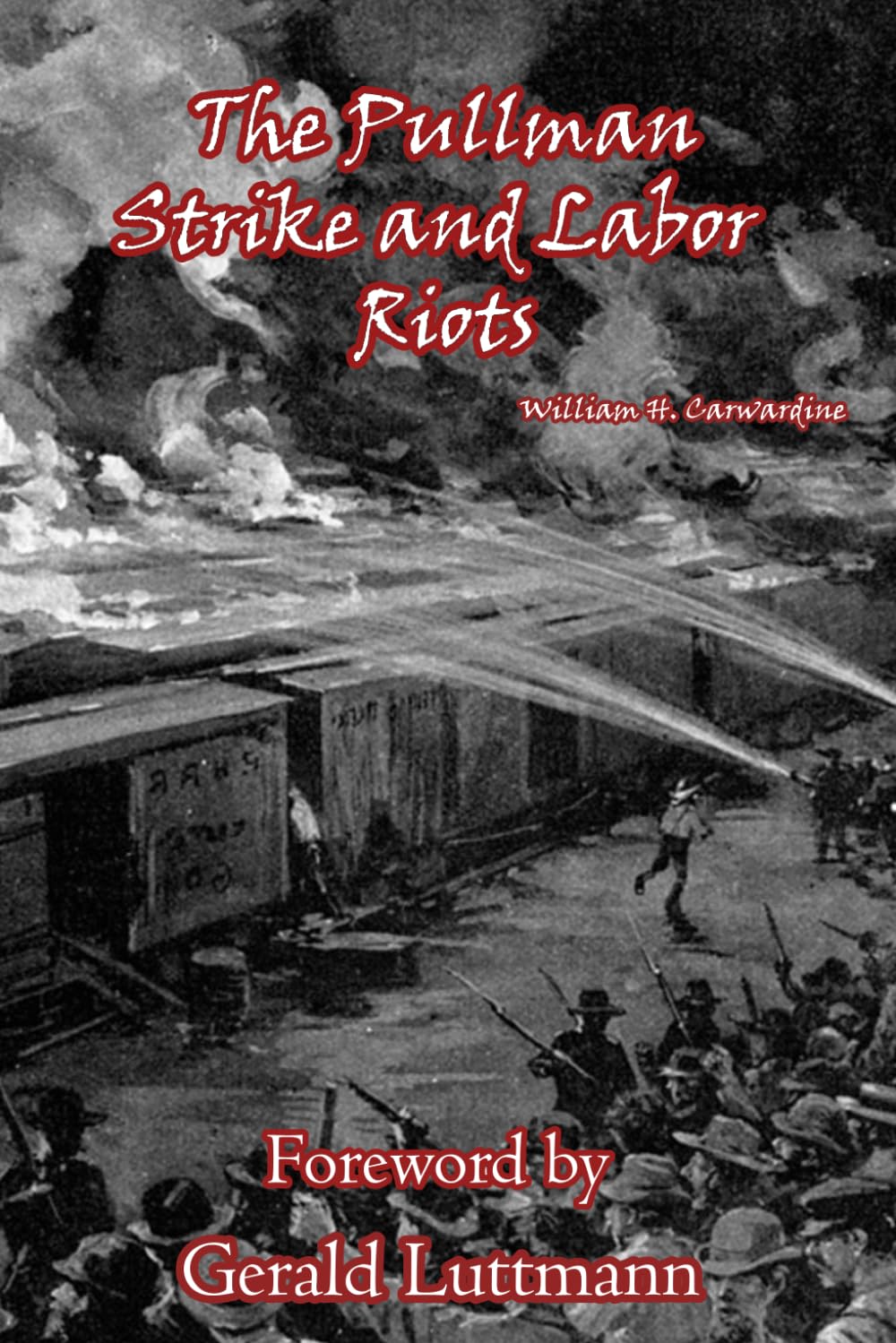
Pullman purchased 4,000 acres near Lake Calumet in Illinois, about 14 miles south of Chicago, on the Illinois Central Railroad in 1880 for $800,000. He hired architect Solon Spencer Beman to build his new factory complex there. To address labor issues and poverty among his employees, Pullman created a company town adjacent to the factory. The town included homes, shopping centers, churches, theaters, parks, a hotel, and a library for the workers’ use. All 1300 original buildings were designed by Solon Spencer Beman himself. At the heart of the complex was an administration building and a man-made lake. Nearby, Pullman built the Hotel Florence, which was named after his daughter.
George Pullman thought that living in a place with clean air and good amenities, free from troublemakers, gamblers, and other city problems, would make people very happy and committed to their work. The model town he designed was so popular that many visitors who came to see it at the World’s Columbian Exposition in 1893 were also impressed by its beauty and quality of life. People all across the country took notice of Pullman’s innovative idea and praised him for being kind and forward-thinking. In fact, statistics showed that this community was one of the healthiest places on earth.
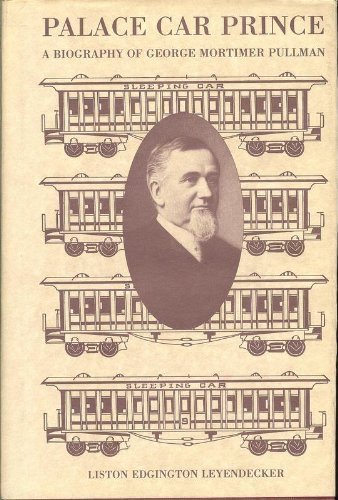
The businessman who owned the town still wanted it to be profitable as a business. By 1892, the community had become very successful on its own and was worth over $5 million. The town’s leader, Otto Pullman, acted like a king in his domain, controlling everything. He stopped independent newspapers from being published, public speeches from happening, and meetings from taking place where people could openly discuss their ideas. His inspectors would often visit homes to check if they were clean and could kick workers out of their apartments anytime he wanted. The church stood empty because no church that was approved by the government would pay rent, and no other group was allowed to gather there. Pullman also stopped private charities from operating. In 1885, a writer named Richard Ely said in Harper’s Weekly that the power held by Otto Von Bismarck, who united modern Germany, was not as strong as the control Otto Pullman had over the town and his company.
When we’re born, we live in a special kind of house called a Pullman house. We get our food from the shops that belong to the same company. Our education starts there too – we learn in the school built by the same people who own the houses and shops. As we grow up, we might also attend church services held at another building owned by the same company. Eventually, when our time on earth is over, we’ll end up in a place that’s not exactly heaven or paradise, but rather something else entirely.
The neighborhood where some people claim to work, which belongs to the Pullman company, is called The Pullman community and it’s an old area that’s now recognized by the US government as very important in history.
Back in the 1930s, a well-known brothel called Hotel Florence was famous in the city. The hotel got its name from Pullman’s daughter. It was one of the most popular places to visit for those seeking entertainment.
Clayton Mark’s planned worker community in Marktown, Indiana, was built near the town.
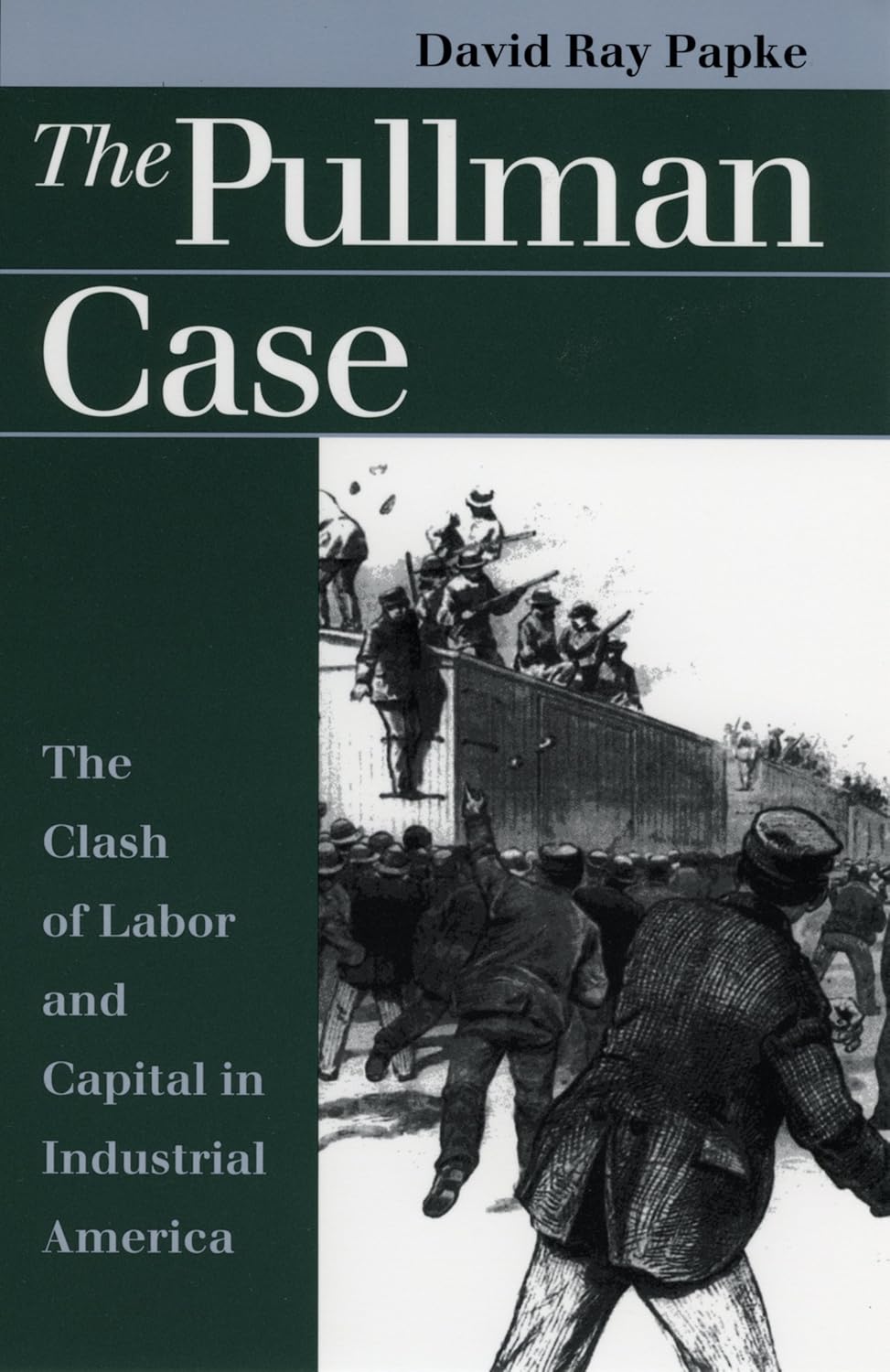
In 1894, when factories began to slow down, Pullman decided to cut jobs and reduce wages, but instead of lowering prices or rents in his town, he kept them high. This move sparked outrage among the workers, who then went on strike.
As tensions rose, violence broke out, and Pullman asked for President Grover Cleveland’s help. Cleveland agreed to send in the US military to quell the uprising. However, many people opposed this decision, including Illinois Governor John Altgeld.
The government troops responded with force, putting down the strike and causing many injuries. The violent suppression of the workers’ protest was a major controversy at the time.
In 1893-94, when the economy was in a slump and on the verge of a severe depression, George Pullman made a tough decision. He cut wages by 30% to reduce costs, which was not an uncommon practice among wealthy industrialists at the time known as robber barons. However, unlike many others who only reduced rent, Pullman kept his end of the bargain and promised investors a 6% return on their investment in the town. Unfortunately for workers like this one man who made just $9.07 every two weeks, the cost of rent ate into that amount, leaving him with barely enough money to feed his family after taking out $9 from his paycheck. He would sometimes get only three or four cents left over. Another worker described the situation as “even worse than slavery in the South” for families with many children.
On May 12, 1894, workers stopped working because they were unhappy with their treatment and decided to take action by refusing to work.
The American Railway Union was led by Eugene Victor Debs, a man who believed in peace and equality. He later started his own political party, which became the Socialist Party of America, and even ran for president five times. When Debs was in charge, many railroad workers across the country decided to stop trains traveling to the West Coast. This event became known as the “Debs Rebellion”.
Debs gave Pullman five days to agree with the union’s demands, but instead of talking things out, Pullman refused to even discuss them. Another industrialist was so frustrated that he shouted at Pullman, saying that he should mediate his own workers’ issues and be fair. However, Pullman took a hard stance and didn’t want to meet the union in the middle. He went so far as to lock up his house and business and leave town altogether.
On June 26, all Pullman cars were removed from trains. When union workers lost their jobs, many train lines came to a complete stop, and Chicago was severely impacted. One of the results was that delivery of federal mail was blocked off, and Eugene Debs agreed to allow isolated mail cars into the city. Despite this, rail companies included mail cars with all their trains and then contacted the government when the mail failed to reach its destination.
The workers’ anger couldn’t be calmed down by Eugene Debs, so things escalated into violence between protesters and federal soldiers who were trying to keep the peace at the mail. On July 8, soldiers started shooting at striking workers, which marked the start of the end of the strike. By the end of that month, a total of 34 people had been killed, the strikers had been forced to scatter, the soldiers had left, and the courts ruled in favor of the railroad companies. As a result, Debs was put behind bars for not following the court’s orders.
Pullman’s good name was damaged by the strike, and then further ruined by the official investigation that looked into the incident. The report from the national commission said that Pullman’s way of treating workers was part of the problem and described his company town as unfair to Americans. The report also criticized Pullman for not negotiating with workers and for causing economic difficulties in the town where he lived. “The nice things about the place are enjoyed by visitors, but have no value to employees who can’t even afford food.” The State of Illinois took action and in 1898, the Supreme Court of Illinois ordered the Pullman Company to give up its ownership of the town, which was then added to Chicago.
Death and Burial After passing away on October 19, 1897, due to a heart attack in Chicago, Illinois, Pullman was 66 years old at the time of his death. He was laid to rest at Graceland Cemetery in Chicago, Illinois. George’s family had four children: Florence, Harriett, George Jr., and Walter Sanger Pullman.
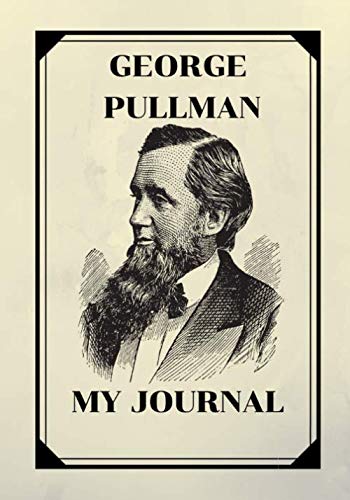
George Pullman’s final resting place is at Graceland Cemetery in Chicago, but his family took special precautions to protect him from potential grave robbers. They placed his body in a lead-lined mahogany coffin and sealed it inside a thick block of concrete to prevent anyone from digging up the coffin. A large pit had been dug at the family plot at the cemetery, with 18 inches of strong concrete surrounding its base and walls. The coffin was carefully lowered into the pit and then covered with asphalt and tar paper for extra protection. More concrete was added on top, followed by a layer of steel rails bolted together in an “X” shape. In total, it took two days to complete the burial process. A grand monument at Pullman’s gravesite features a tall column surrounded by curved stone benches, designed by the architect who built Pullman, Solon Spencer Beman.
Freemasonry Pullman joined a local Masonic group called Renovation Lodge No. 97 in Albion, New York. He was also part of an even older Scottish Rite group and received special recognition from them for being a member.
Public projects in New York were connected to Pullman through several major projects, one of which was the city’s elevated train system. This system was built and made available for the public by a company with Pullman as its head.
In 1930, The Pullman Company merged with Standard Steel Car Company to form Pullman-Standard. This new company built its last train car for Amtrak in 1982. After the last car was delivered, the plant went inactive and eventually shut down. Years later, in 1987, all of the remaining assets from the plant were taken over by Bombardier.
In George M. Pullman’s will, he left $1.2 million to start a school for the kids of people who worked at the Pullman Palace Car Company and the folks living nearby in Roseland. When the school closed its doors in 1949, it got taken over by the George M. Pullman Educational Foundation in 1950. The foundation is based in Chicago, Illinois, and helps college-bound seniors from high school get scholarships to attend their chosen college, no matter if they need help financially or not. Since it began, the foundation has given around $30 million to about 13,000 students who are doing great things in Cook County. There’s even a town called Pullman, Washington, that was named after him. A long time ago, people thought he would build big railroads through Pullman, but instead he built them to Spokane. The Universalist Church in Albion, New York, which honors his parents, was built and funded by George M. Pullman himself back in 1894.
As an Amazon Associate, I earn from qualifying purchases.
- 19th Century (16)
- 19th Century Inventors (16)
- 20th Century (1)
- 20th Century Inventors (1)
Leave a Reply